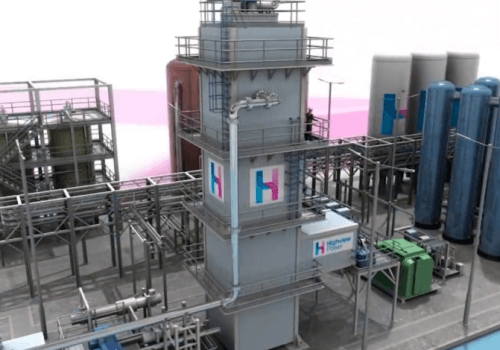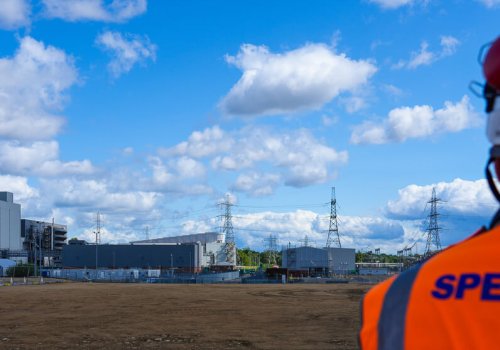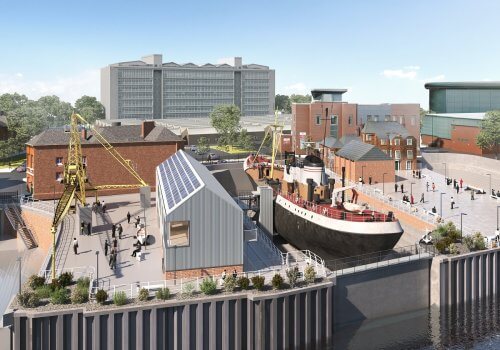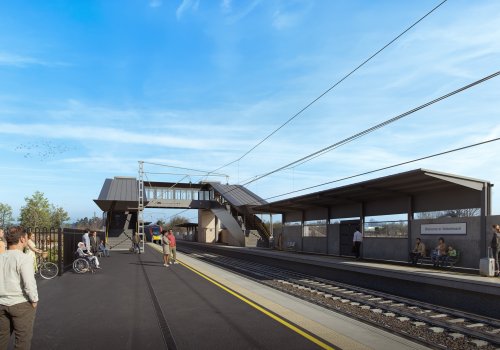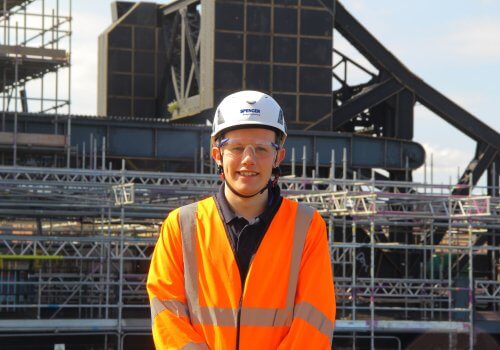Spencer Rail has been commissioned to complete a series of works on behalf of London Overground to improve access to both Hackney stations.
The project, which is currently in the design stage, is designed to provide a passenger walkway between two adjoining lines serving Platform 2 at Hackney Central Overground station and Platform 1 at Hackney Downs rail station. The 150m walkway will enable rail users to access both stations without leaving either station.
Spencer will install new stairs and lifts as part of the project, provide all of the foundations for the enclosed steel walkway, install site hoardings and compounds, and the insulation of OLE return conductor. It will also supply lighting, communications and security installations as well as relocating the existing play area.
Working in collaboration with London Overground, Anglia Trains and local authorities, Spencer is due to start work on-site in October 2014 and the project is expected to be completed by April 2015.
Martin Oates, operations director at Spencer Rail, said: “Our experience in delivering similar projects, such as Edinburgh Waverley Package 3 and 4 and Dalmuir Station, positioned us in a very strong position to win this contract.
“Hackney Central and Hackney Downs are two busy commuter stations and the planned works will reduce the distance commuters have to travel to access either station from one another.
“Our teams in Hull will now begin the design phase of the project and we are due to start work in October.”
Hackney Council’s planning committee approved Transport for London’s (TfL) application to build a footbridge between Hackney Central in Amhurst Road and Hackney Downs in
Dalston Lane in February.
An estimated 165,000 people a year take the street level route to change between the two stations and, with Hackney Downs station coming into the Overground network from the end of 2015, TfL expect the number people using the footbridge to increase by an additional 150,000 passengers in its first year.
An earlier proposal had to be abandoned because it would interfere with Network Rail signalling equipment. The latest plan avoids this problem by building the interchange on the northern side of the track.
Throughout the project, Spencer will engage with local residents community associations to ensure residents in the area are kept up-to-date with developments at the site.
